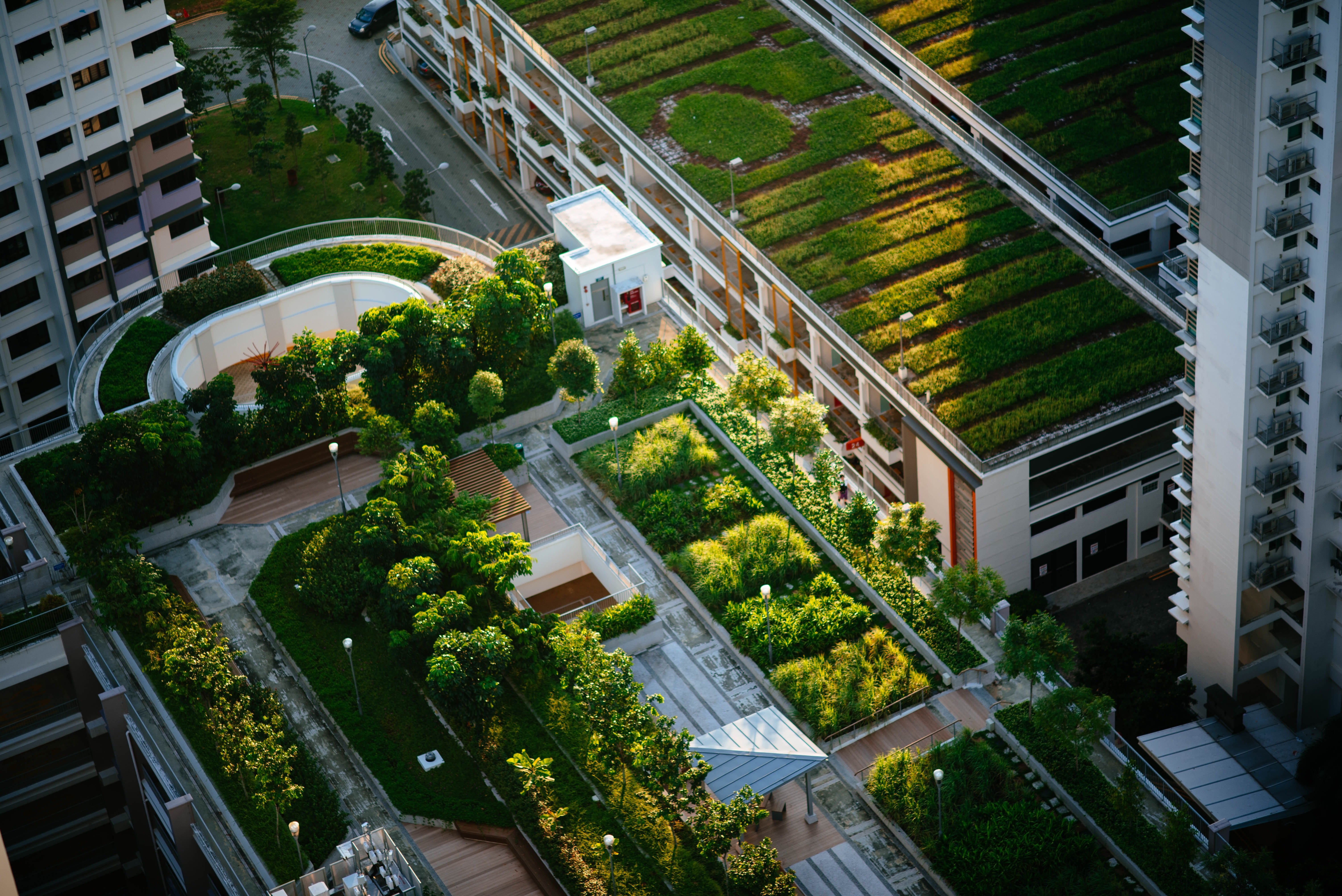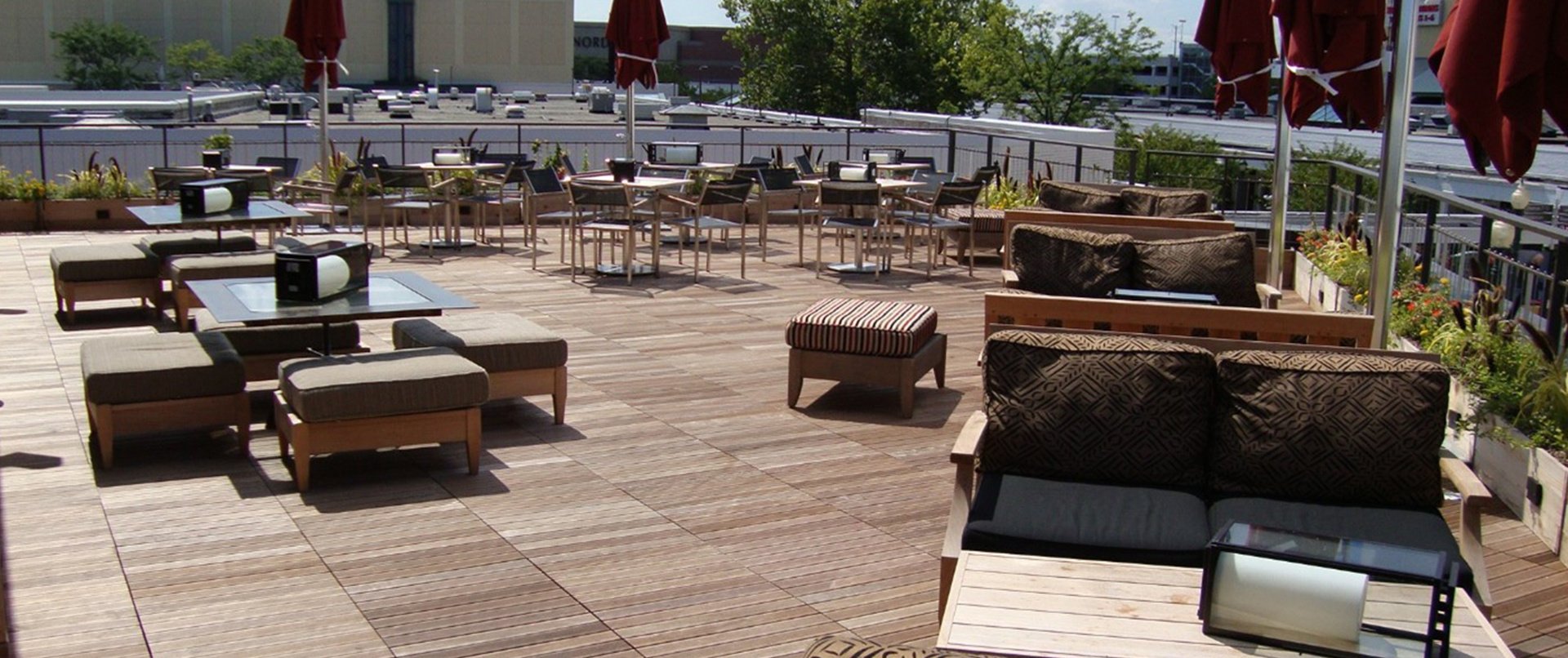Many people know that LEED (Leadership in Energy and Environmental Design) is the most widely used green building rating system in the world. But, did you know that there are 6 main LEED categories? In this blog post, we will take a look at all 6 of the main LEED categories and what they stand for.
1. Sustainable Sites (SS)
The Sustainable Sites Initiative™ (SITES™) is a comprehensive rating system that evaluates landscape performance at multiple scales, from a site’s regional context to its immediate surroundings. SITES certification verifies a project team’s commitment to designing and developing sustainable landscapes that go beyond minimizing site disturbance. SITES is administered by Green Business Certification Inc. (GBCI).
2. Water Efficiency (WE)
Water Efficiency focuses on reducing indoor and outdoor water use through more efficient plumbing fixtures and irrigation systems as well as strategies for managing stormwater runoff. This category takes into account a number of factors, including the building's layout, the type of fixtures and appliances being used, and the drought conditions in the surrounding area. By taking these factors into account, the water efficiency LEED category can help to minimize water waste and ensure that buildings are using this valuable resource as efficiently as possible.
3. Energy & Atmosphere (EA)
The Energy & Atmosphere LEED building category focuses on reducing a building's energy consumption and greenhouse gas emissions. One way to do this is to improve the energy efficiency of the building envelope, HVAC, and lighting systems. Another strategy is to use renewable energy sources, such as solar or wind power, to offset some of the building's energy needs. In order to earn LEED points in this category, a project must first complete an energy model that demonstrates how the proposed design will reduce energy consumption compared to a baseline case. This category offers the most potential for LEED points of any category, making it an important consideration for any green building project.
4. Materials & Resources (MR)
Materials & Resources focuses on the "reduce, reuse, recycle" mantra we often see associated with sustainability initiatives. The goal of this category is to encourage the use of materials with recycled content, certified wood products and regional sourcing as well as to reduce construction waste going to landfills.
5. Indoor Environmental Quality (IEQ)
Indoor Environmental Quality gives credit for features that improve air quality inside a building such as increasing ventilation rates, using low-emitting adhesives, sealants, paints and carpeting and providing daylighting and views for occupants. Additional credit is available for enhancing acoustics within the space.
6. Innovation in Design (ID)
Innovation in Design encourages projects to "go above and beyond" the minimum requirements for LEED certification by implementing innovative strategies not addressed in other categories. It is flexible and can be tailored to the specific project. Through the Innovation in Design process, teams are given credit for innovative strategies that are not yet codified in the LEED rating system but have the potential to make significant contributions to human and environmental health.
The Innovation in Design category has two possible paths: one for team-developed innovations, and one for credit-based innovations. To receive credit for team-developed innovations, the project team must identify an opportunity to improve upon a LEED prerequisite or credit intent. The team must then demonstrate that the proposed innovation will result in improved environmental or human health outcomes above and beyond those achieved by compliance with the LEED prerequisite or credit requirements.
7. Regional Priority (RP)
Each region has different environmental priorities based on climate change considerations, natural resources and other factors unique to that area. Projects can earn one point in any category by addressing at least one of these priority credits specific to their region
As you can see, there are many different facets to consider when pursuing LEED certification for a project. However, each category presents an opportunity to make your project more sustainable. By working with a team of experienced professionals, you can ensure that your project earns maximum points across all nine categories.
Did you know? Many Bison rooftop deck products help you earn points towards LEED certification.
Important Notice: Bison Innovative Products recommends that all rooftop deck systems should be installed by a licensed contractor with at least 2 years of proven experience. Plans/designs for a rooftop deck should be reviewed by a safety/structural engineer before commencing construction. The roof must be able to safely carry the static and live load weights of the rooftop deck, and any amenities added along with the appropriate density of any insulation to resist crushing and damaging the waterproof membrane. Adding items such as hardscaping features, hot tubs, or pools to a rooftop deck requires additional guidance and oversight from an engineer. Property owners should research and abide by any building codes and other regulations to obtain the required permits prior to having a rooftop deck installed. Please read all product specifications posted on Bisonip.com to review all information prior to any installation.
.png?width=100&height=100&name=BisonIP-logo-PMS425-2023%20(1).png)



